Like many tourists I think, when we come to Perth we gravitate to Fremantle (or Freo as it is affectionately called.) This probably sounds like we are old hands, but in fact I’ve only been here two or three times before, and Len once. That last time was in 2005!
For our non-Australian readers, I need to explain that Fremantle is a port city, associated with the Perth metropolitan area. It’s known for its maritime history, gorgeous Victorian architecture, and remnants from its days as a British penal colony. Its name in the local Nyungar/Noongar language is Walyalup. Fremantle is on the Perth rail system, but it is walkable and full of interest, so we planned to leave the car for a while.
And, woo hoo, Freo came good with my missing crema. I’m not really a coffee snob – well, only a little bit – but a lack of crema on a long black nearly always signals an ordinary coffee, so it’s been great to have some good tasting coffee again.
Day 5 was mixed weather-wise, so we didn’t do a lot in the morning. We had a cuppa at Bread in Common next door, did some shopping errands, and checked out the Freo Harbour Bar where we were to meet another blogger friend of mine in the mid-afternoon. Walking back to our apartment, we spied an unusual – and large – bronze sculpture in a small park. The plaque identified it as “Chimera” (2016), and the artist as Susan Flavell. A “chimera”, as many of you probably know, is a Greek mythological beast comprising the head of a lion, body of a goat, and tail of a serpent. A 2018 news report explains that the original version, titled “The Shimmer”, was made of cardboard and papier-mâché by local artist Susan Flavell in 2014. A sculpture-lover, Kerry Harmanis, loved it so much that he commissioned a bronze cast of it, which he then lent to the City of Fremantle.
Anyhow, then, after a little rest, it was mid-afternoon, so back we went to the Bar where Kim (of Reading Matters blog) and her partner, Tim, were waiting. The next three or so hours were spent in great conversation (though Len took a few minutes out to film some of the happenings on the harbour that he spied from our table). Kim was the second or third blogger I “met” after I started blogging in 2009, but we had never met in person before. Meeting bloggers with whom you already know you have much in common is usually a positive experience, and so it has been here, with Bill on our first day and now Kim.
Rottnest Island
If Fremantle is Freo to the locals, Rottnest is Rotto. However, Rottnest, of course, also has a local name given it by the Nyungar, Wadjemup. This means “place across the water where the spirits are”, and is surely much nicer than Rottnest, the description given by Dutch explorer, Willem de Vlamingh in 1696. It means Rats’ Nest, as that’s what he thought the quokkas were! Quokkas, for our non-Aussies again, are a small wallaby-like marsupial, and can only be found on this Island.
Now, we have to admit that we did it the hard way. Researching how to get to Rottnest resulted in our somehow not discovering the ferry service that left a few minutes’ walk from our apartment, and booking one that left 40 minutes’ drive away! I admit that I had carefully researched the road-trip part of our visit here, but not so much these Fremantle-based days because the main focus was going to be catching up with people, Len’s friend and my blogger friends.
Anyhow, to cut a long story short, we got up at 5.30am, to get a 7.30am ferry, because, you know, we didn’t want to miss it. Seriously, though, we didn’t know the area, we needed to make sure we could park, and we wanted to have time to get a cuppa. We managed all of that without stress, which is a good thing!
The next decision we made was to book the “grand tour”, because that seemed to be the best way of getting around the island, given we are not experienced cyclists. The tour was advertised as
Experience the best of Rottnest Island on a half-day sightseeing tour by bus and historical train. Visit Kingstown Barracks, Oliver Hill Battery, and Henrietta Rocks shipwreck location, and keep an eye out for quokkas and other wildlife. You can snap photos of the turquoise bays and white-sand beaches that ring the traffic-free island, and learn about the history of the Aboriginal Noongar people.
Well, it was and wasn’t this. We did see most of what the description said, but – except for the Oliver Hill Battery were we spent an hour – it was all brief. We spent more time on the bus on the island tour part, only getting out once, at Cape Vlamingh. However, we did see a whale and the shipwreck location, and we drove by some beautiful beaches. We heard very little about “the history of the Aboriginal Nyoongar people”. I would have loved more of that. The WW2 Oliver Hill Battery tour was impressive. It was volunteer run, and our guide, Arlette (of Flemish background) knew her stuff, particularly all the technical details about how the guns worked. We walked through the underground tunnels and got some sense of the work of the men and women there. In the end, the two 9.2inch guns, that took so much to build and maintain, were never “fired in anger”, but I guess that’s defence for you!
Overall, there was not enough time to stop and actually enjoy the scenes we were driving through, and too much focus, yet again, on White history. Of course, it was a White-led tour but it would be great to see more evidence of First Nations history and culture. Rottnest was, we understand, inhabited by Noongar people up to 50,000 or even more years ago, until rising sea levels separated it from the mainland 6 to 7,000 years ago. It appears that they did not continue to inhabit the island after this separation. However, this was not the end of First Nations history on the island because Aboriginal people were gaoled on the island in terrible conditions, between 1838 and 1931. Over 3,600 were imprisoned, and 371 of them died. After the gaol was closed, it was used for a time as tourist accommodation, against First Nations people’s wishes. It has now been handed over to them, and may, said our tour driver, be developed as a cultural centre. That would, surely, be a good thing – there or somewhere on the island – because right now it feels as though too much of their history is hidden.
Anyhow, our stay on the island ended with our seeing a few quokkas with joeys pottering around the main tourist settlement. It was surprising to see how unconcerned the mothers were for their young, despite people being just centimetres – and I mean centimetres – away from them. (I should add here that we were told that the “settlement quokkas” have a life span of around 5 years while the ones on the rest of the island live 8 to 10 years. Human food is not good for them. Funny that!)
However, human food is good for us, so after getting back to our apartment a little after 6pm, we walked two minutes down the street to a tapas-style bar called Strange Company. We didn’t want a lot of food but needed something, and this seemed to be the perfect option. We had poached leeks with fried potato skins, corn two ways, and Len also had a small Angus rump dish with tomatoes and garlic honey. There was a live jazz-style trio playing when we got there. It was busy but not crowded – and suited our needs perfectly. (I started with a delicious local, citrus flavoured G&T before we moved to sharing a non-alcoholic beverage.)


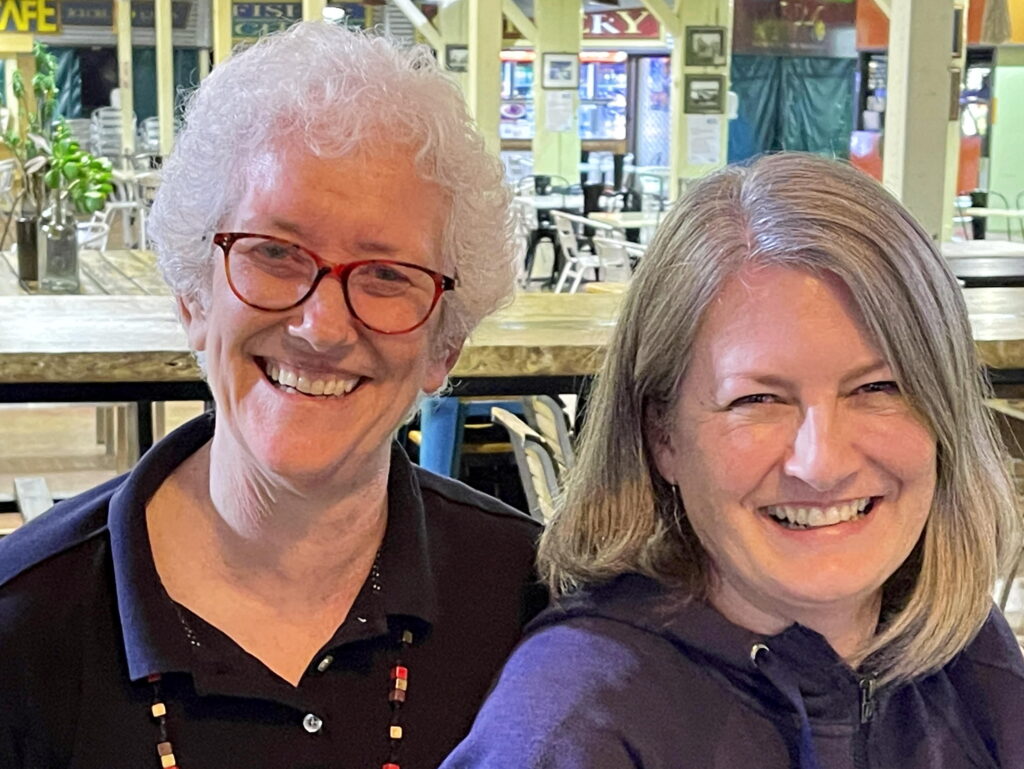
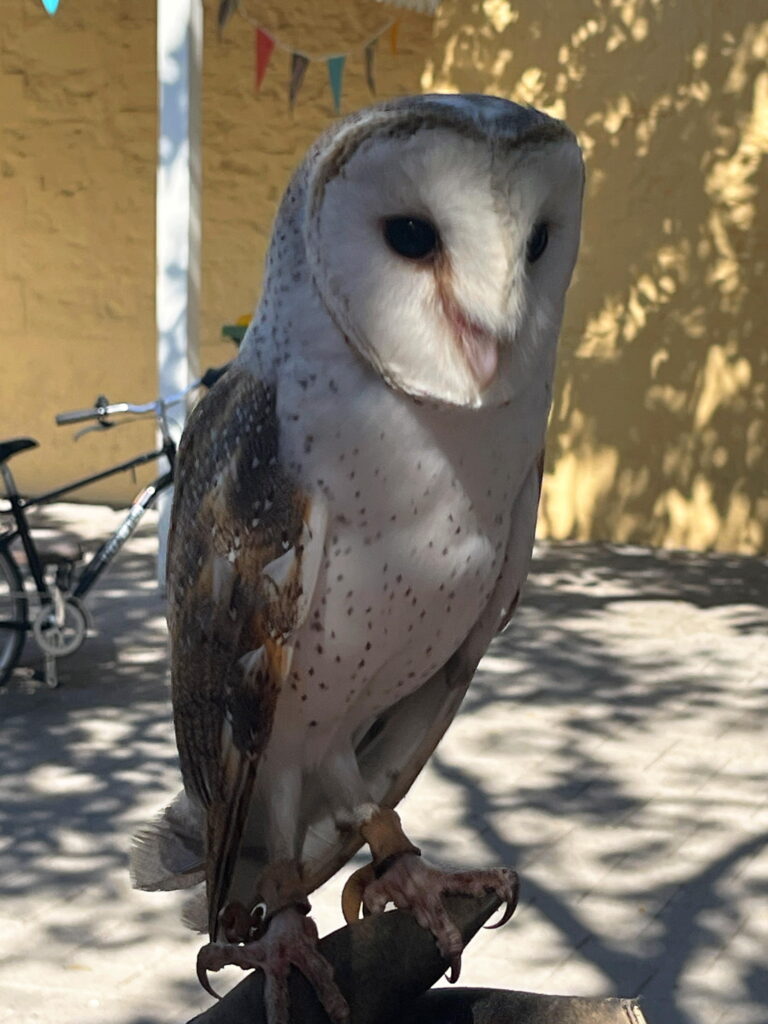
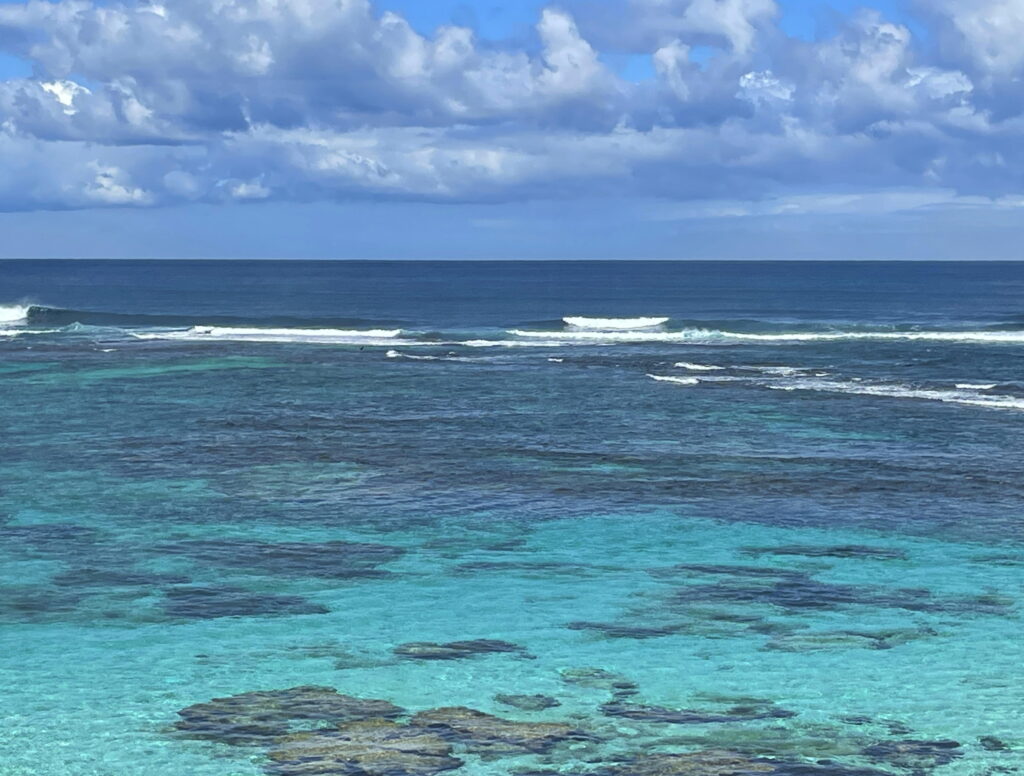
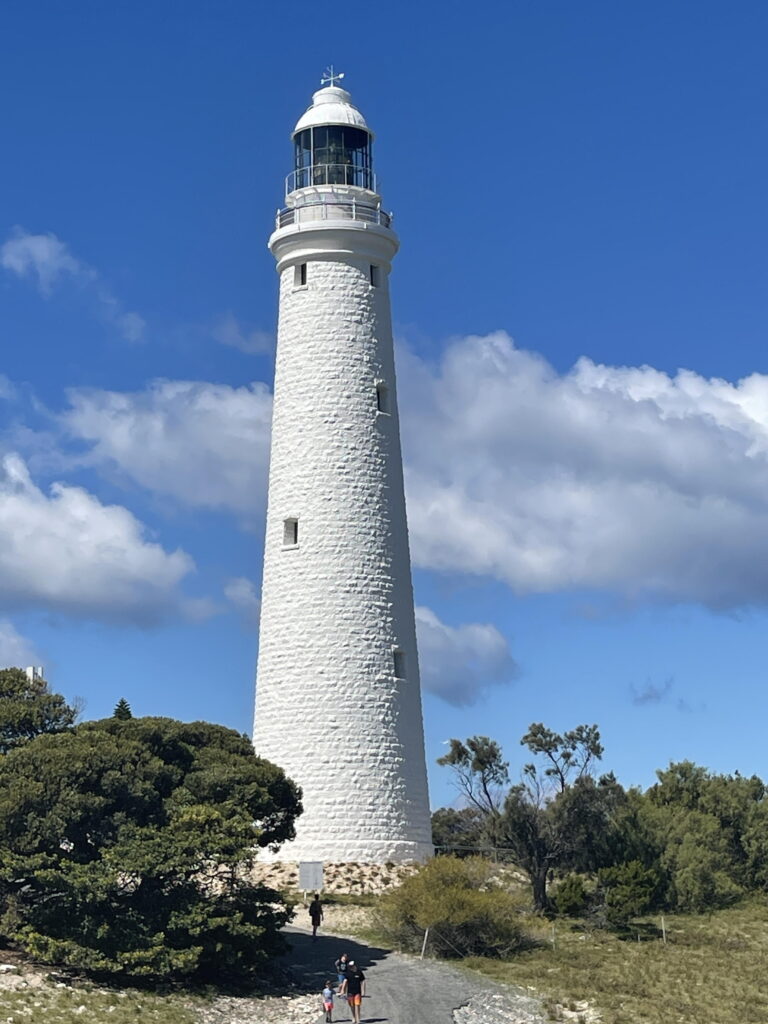
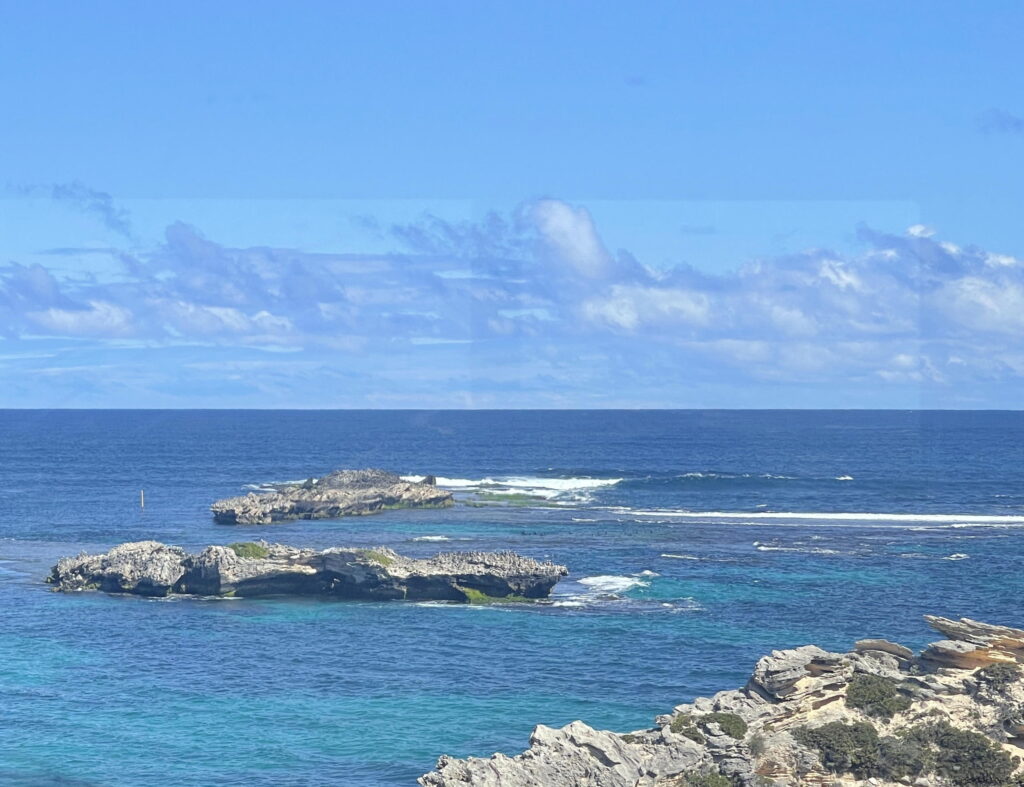
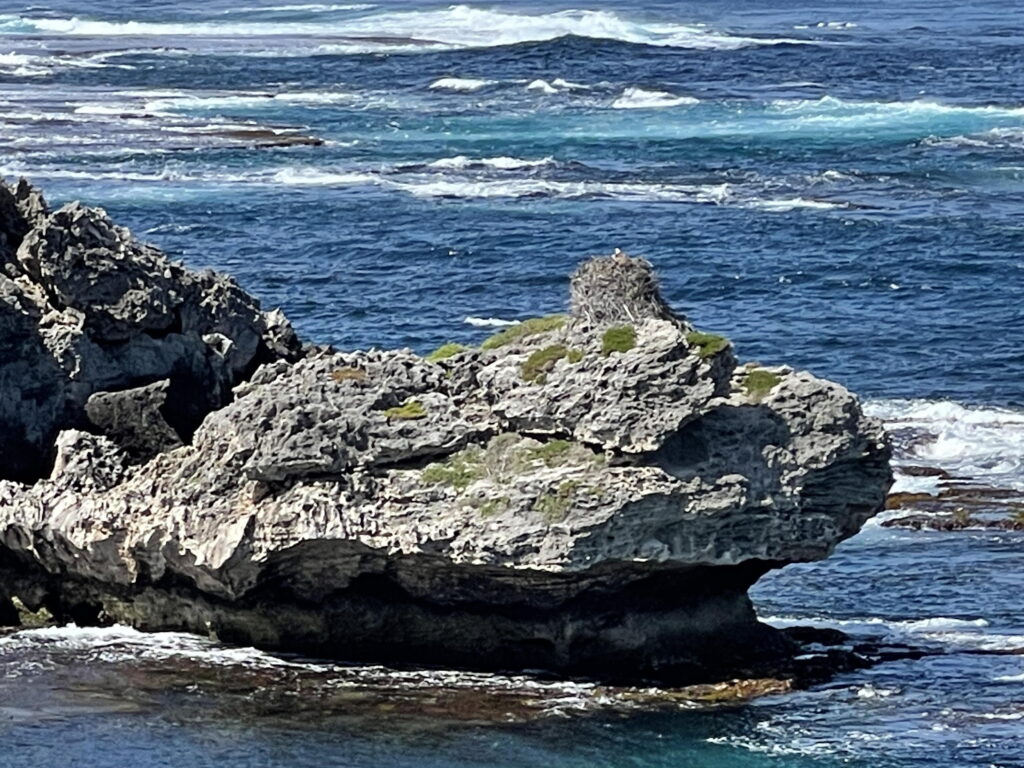
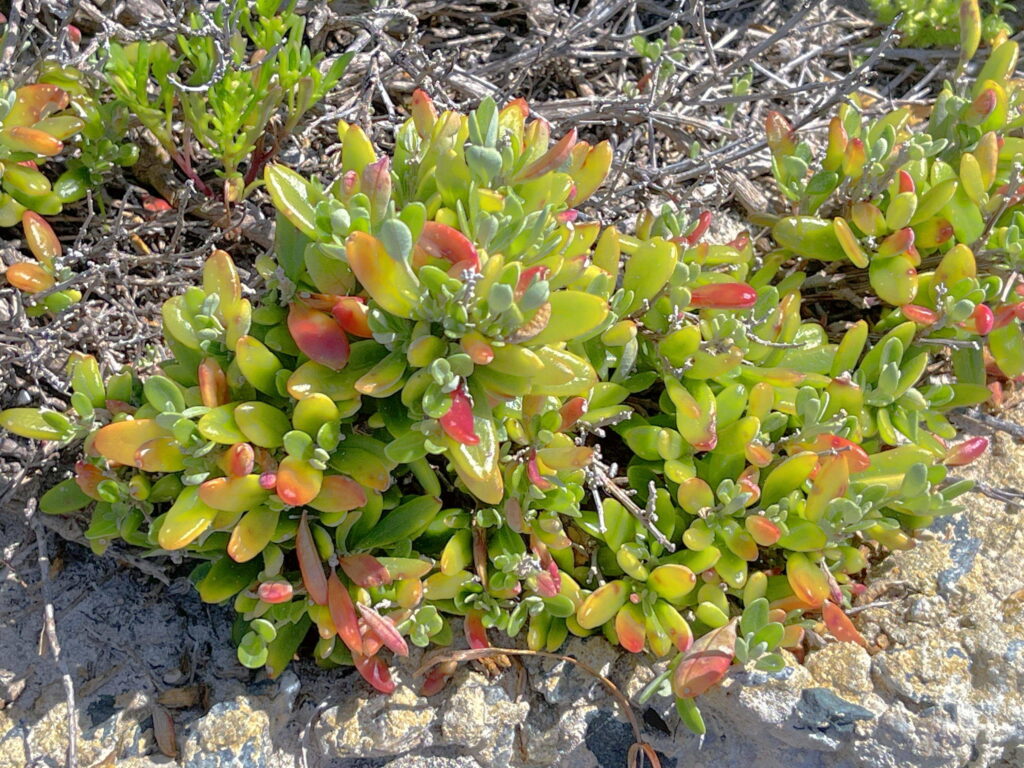
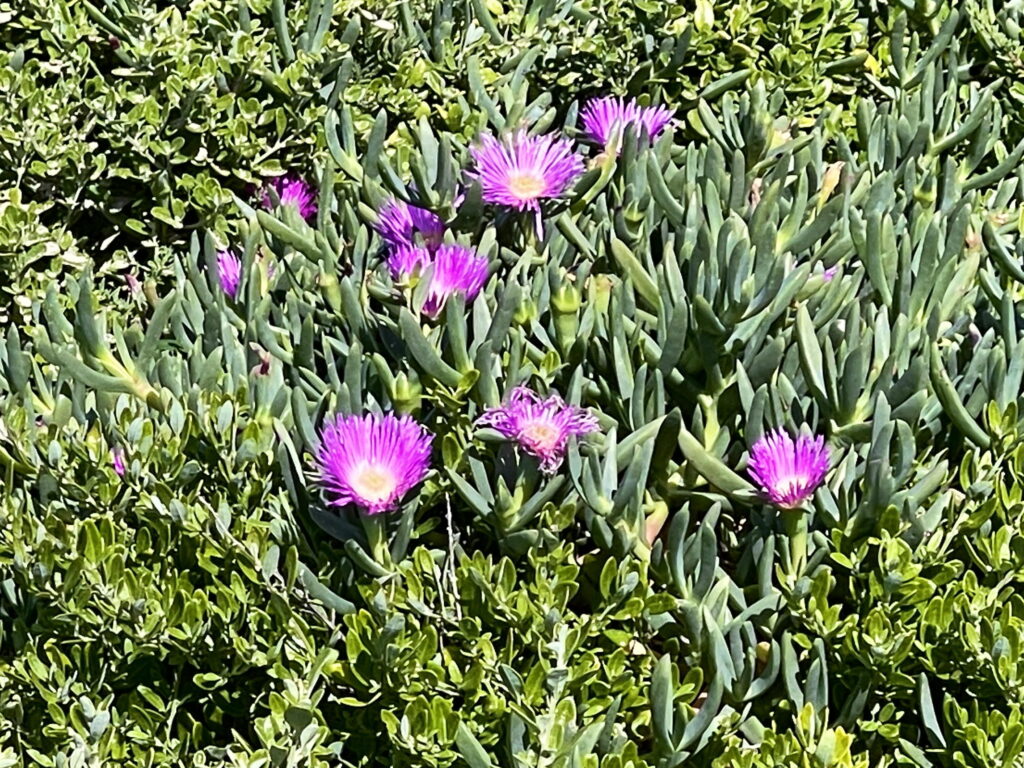
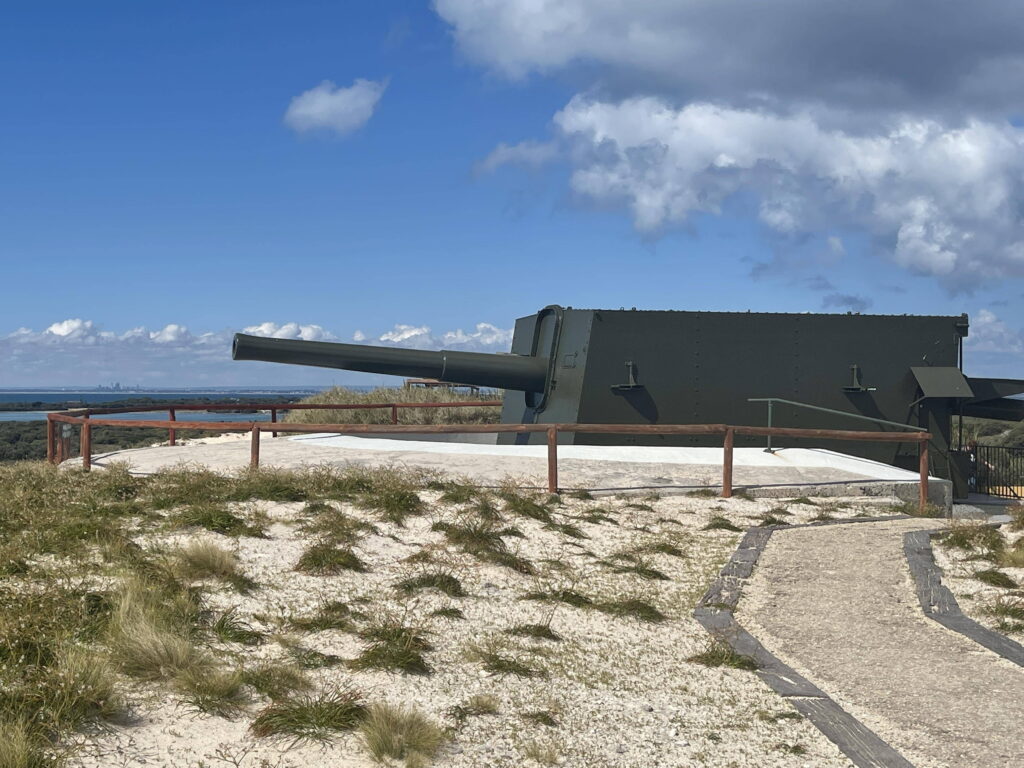
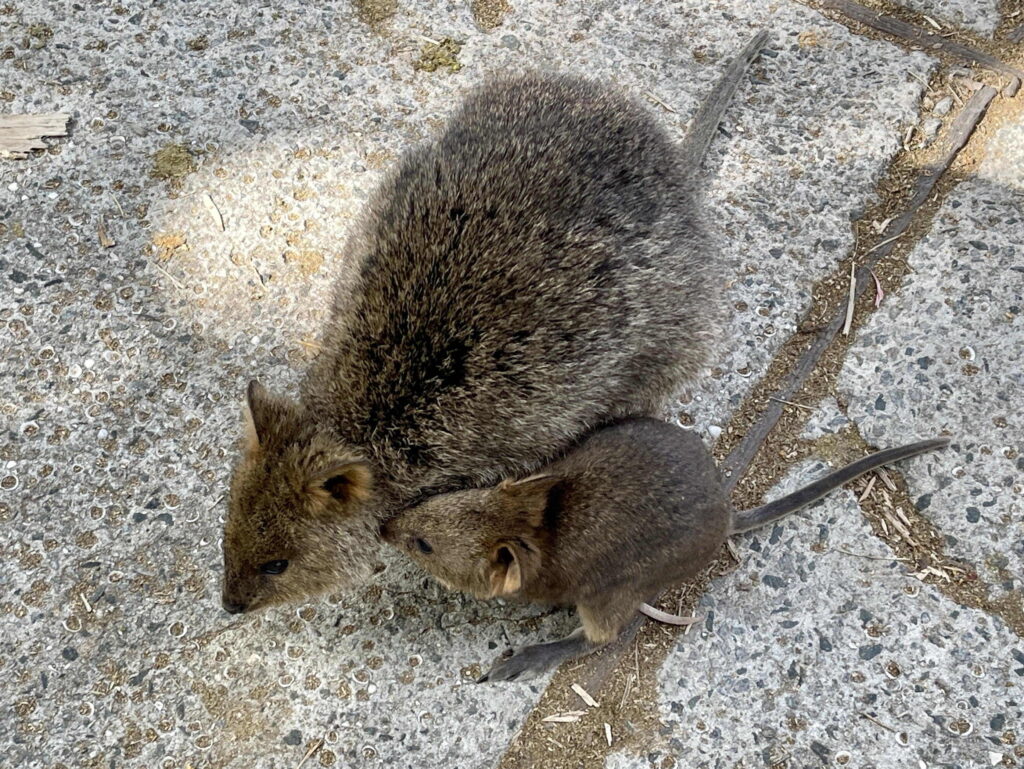
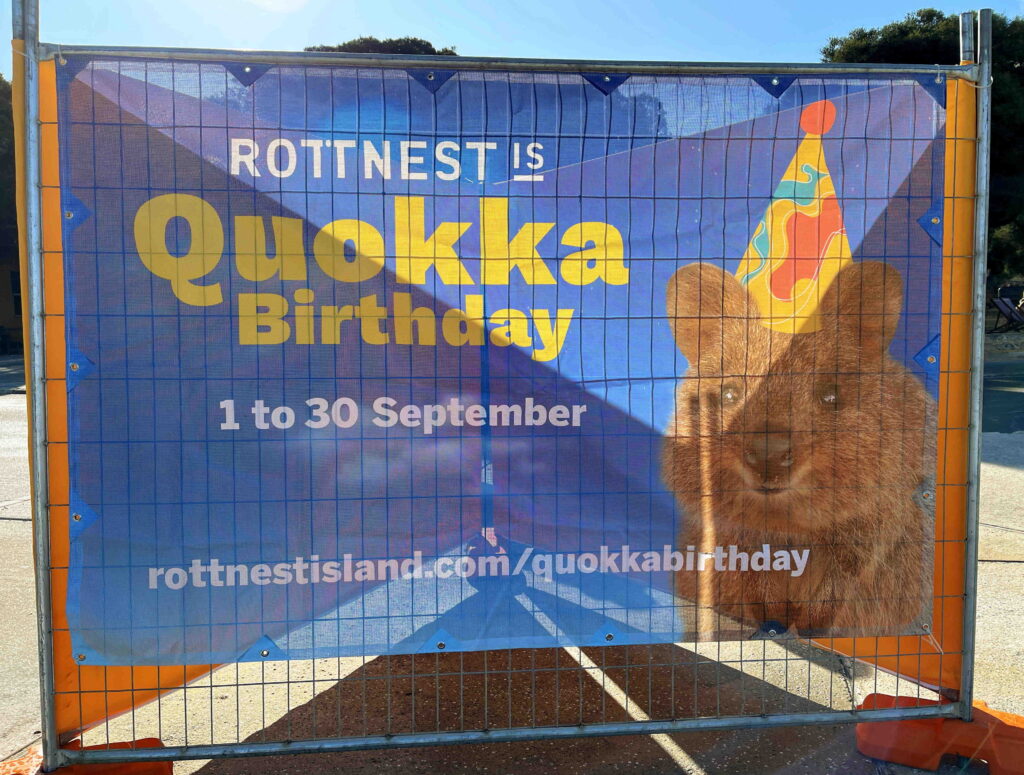

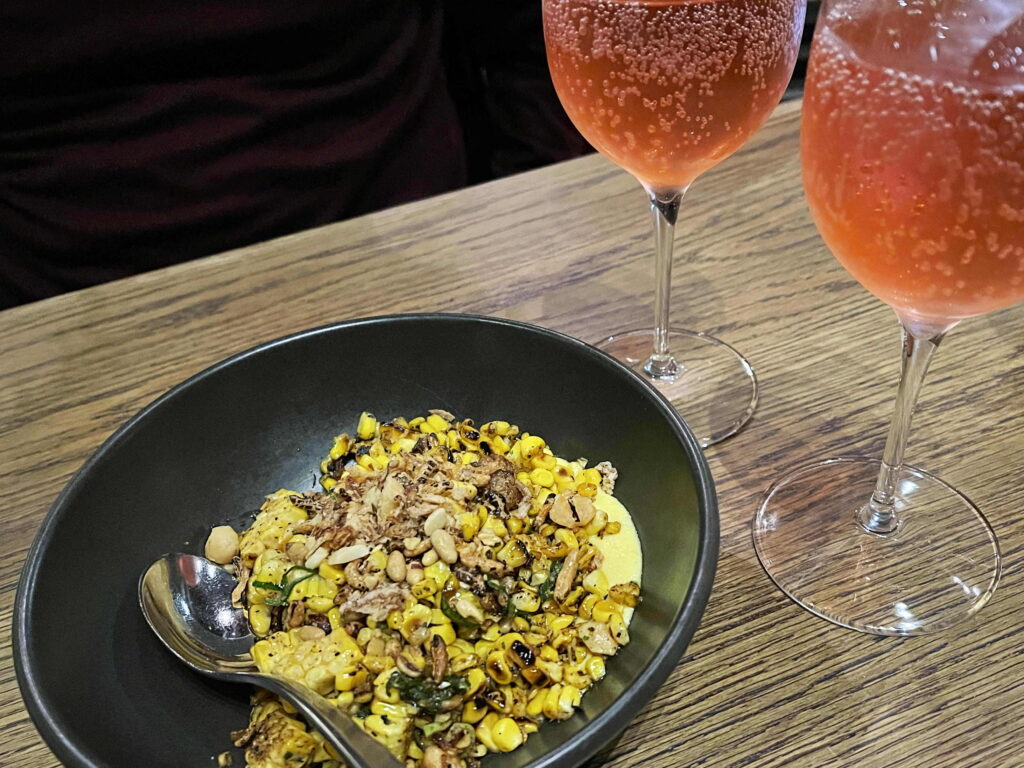
Another history missing for Rottnest is the internment of “aliens” during WW1. My Yugoslav grandfather was sent there from the Kalgoorlie Goldfields as he was at that time an Austro-Hungarian citizen. He along with many others was deported home from there only to return in 1924 to once again prospect for gold. He left behind my grandmother with her 2 yr old son (my father) and his 6 month old brother. The next time my grandparents met was at Central Station in Sydney in 1958 when I was 3. My father joined his father in the Goldfields in February 1939, the father he hadn’t seen since he was 2.
Oh yes, Marie, thanks for this. I saw a reference to the internment camp in Wikipedia, but decided to just mention First Nations people’s stories as missing because that was something I was aware of. If I’d known your closeness to this other history, I’d have mentioned it too. Thanks so much for sharing it. My oh my.
I have fond memories of those cute little quokkas on Rotto. We didn’t feed them though!
They are so cute aren’t they, Lisa. I think the issue about human food is that even if people don’t feed them – they are not supposed to, but of course some do – the quokkas living around the settlement are going to find some anyhow on their own.
I’m loving your very thorough explanations for your non-Aussie readers. Freo and Rotto would have remained head scratchers without your help. You know me—I love pictures of the sea and the brilliant turquoise is so beautiful. Sad that information about the Nyoongar people is so sparse.
Haha Carolyn … I aim to please. I wouldn’t want my lovely non-Aussie friends to have to scratch their heads too much.
I enjoyed the lyricism of the local language names of Walyalup (Freo) and Wadjemup (Rotto), Sue. Rottnest looks very pretty (for a visit) but would have been a bleak place for internment. So sorry for the Indigenous people imprisoned there and separated from family, and also for Marie’s family member and other so called ‘aliens’ imprisoned there at the time of WWI, and their consequent family separation over so many years. Loved the footage of the traffic at Freo, thankyou, Len. What great and colourful variety! So nice, Sue, to meet up with another blogger friend in Kim. It looks like you had another very happy meeting over there out West!
Thanks Mary … you are right that the language is beautifully lyrical. We enjoyed seeing all the place names in the region.
And yes, Rottnest has some really sorry history. Such a small place but so much has happened there.